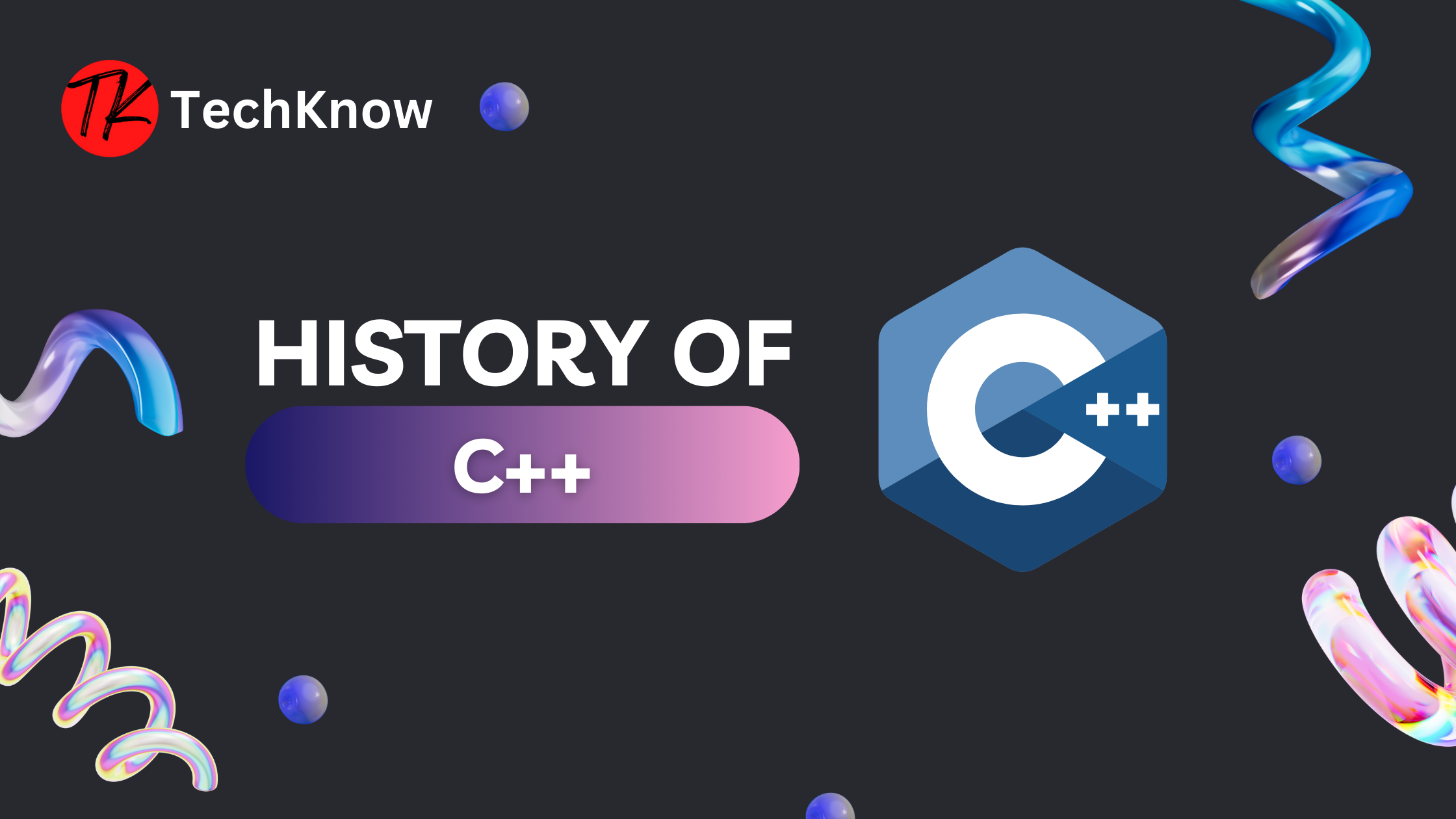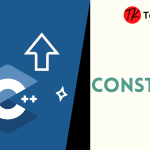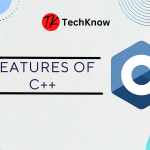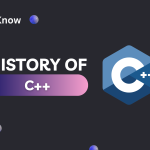Introduction
One of the most popular and extensively used programming languages worldwide is C++. It has been essential to the creation of software in many different fields, including operating systems and game development. However, what makes C++ unique and how did it come to be? Let’s examine C++’s development, salient characteristics, and influence on the programming community by delving into its past.
Table of Contents
The Genesis of C++: Early 1980s
The origins of C++ are deeply intertwined with the work of Bjarne Stroustrup, a Danish computer scientist who joined Bell Labs in 1979. At that time, Stroustrup was exploring the limitations of existing programming languages, particularly in the context of systems programming and software engineering.
The Influence of C and Simula
Because of its speed and hardware control, C was already well-known for being a strong language for system-level programming. But C lacks the abstractions needed to deal with sophisticated software systems efficiently. However, Simula, which was created in the 1960s, was the first language to use object-oriented programming (OOP). Through classes and objects, Simula made it easier for developers to simulate real-world entities, but it was too sluggish and inefficient for systems development.
Stroustrup recognized the potential of combining the strengths of C’s performance with the abstraction capabilities of Simula. His vision was to create a language that would allow developers to write efficient, maintainable, and scalable code—a language that would eventually become C++.
C++ in the 1980s: Gaining Momentum
It rapidly gained popularity in the programming community due to its ability to address real-world programming challenges. The first official release came in 1985, along with the publication of Stroustrup’s book, The C++ Programming Language, which served as the definitive guide to the language.
During the late 1980s, it underwent significant development. Features such as function overloading (allowing multiple functions with the same name but different parameters), operator overloading (enabling custom behavior for operators), and templates (providing a way to write generic and reusable code) were introduced.
Support for multiple inheritance, which lets a class inherit from many base classes, was also added to it. Because of its complexity, this feature was both potent and divisive.
Get some more knowledge on History of C++
Standardization Efforts: The 1990s
The 1990s saw the broad adoption across a range of industries, necessitating the creation of a standard language version. Compatibility problems emerged from different compiler implementations introducing their own versions of C++.
The International Organisation for Standardisation (ISO) started developing the standard in response. Following years of cooperation between compiler vendors, industry experts, and developers, ISO/IEC 14882:1998 (often referred to as C++98) was released in 1998 as the first official standard.
The Standard Template Library (STL), which offered a collection of general-purpose algorithms and data structures including vectors, lists, and maps, and the core language were standardised in C++98. One of its most potent features is the STL, which makes it possible for programmers to create type-safe, reusable, and effective programs.
The Evolution: 2000s and Beyond
Newer languages like Java and C# started to compete with it as the twenty-first century got underway. These languages were appealing for some kinds of application development because they had contemporary features like automatic memory management (garbage collection) and simpler syntax.
In response, the C++ community changed the language to accommodate contemporary programming requirements.
A New Era (2011)
C++11 introduced a wide range of features that made the language more powerful, expressive, and easier to use. Some of the most notable features included:
- Auto Keyword: Automatically deducing the type of a variable from its initializer, reducing verbosity.
- Range-Based for Loops: Simplifying iteration over containers and arrays.
- Lambdas: Introducing inline, anonymous functions, making functional programming techniques more accessible.
- Smart Pointers: Providing automatic memory management through classes like
std::shared_ptrandstd::unique_ptr. - Move Semantics: Allowing more efficient resource management by transferring ownership of resources instead of copying them.
C++11 was a significant turning point, as it not only introduced new features but also set the stage for further advancements in the language.
The Modern World
Today, C++ remains a dominant language in many areas of software development. Its combination of low-level control, high-level abstractions, and powerful libraries make it ideal for a wide range of applications, including:
- Systems Programming: Operating systems, device drivers, and embedded systems.
- Game Development: High-performance graphics engines and real-time simulations.
- Finance and Trading: High-frequency trading systems and financial modeling.
- Scientific Computing: Numerical simulations, data analysis, and machine learning.
- Large-Scale Applications: Enterprise software, databases, and cloud infrastructure.
With constant contributions from developers, researchers, and organisations, the C++ community is still growing. Future standards are expected to provide even more potent features and enhancements to the language, which is always changing to meet the demands of contemporary software development.
Conclusion:
C++ has had a tremendous journey of innovation and adaptability throughout its existence. Since its inception as “C with Classes” to its present position as one of the most popular programming languages, it has continuously pushed the limits of what is conceivable in the software development industry. It is positioned to be a vital tool for developers for many years to come, allowing them to produce reliable, scalable, and effective software as technology develops.
Learn More:
Introduction to C++
Features of C++










